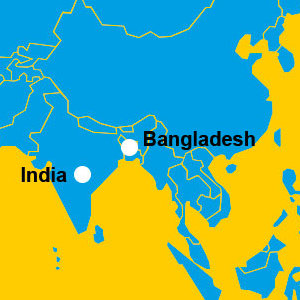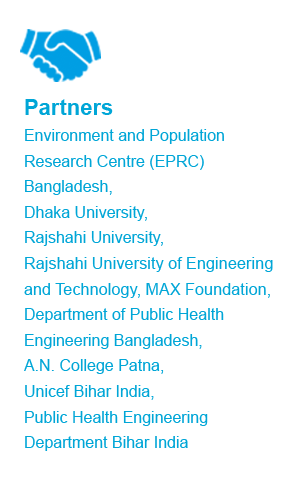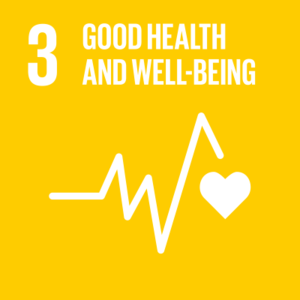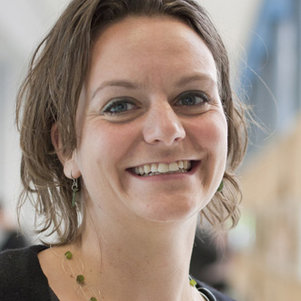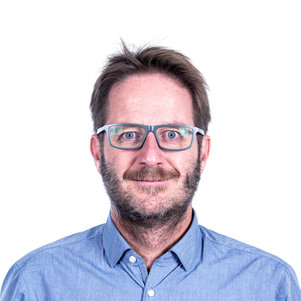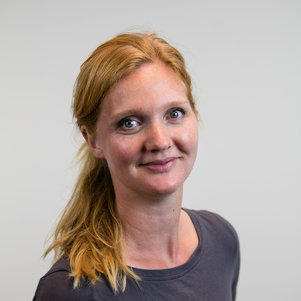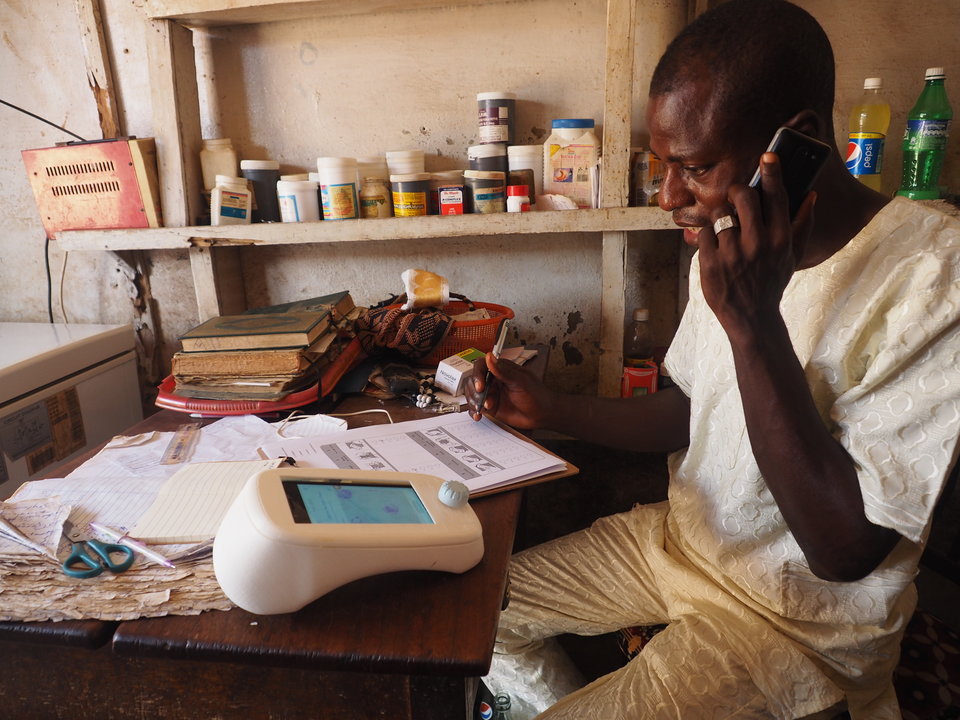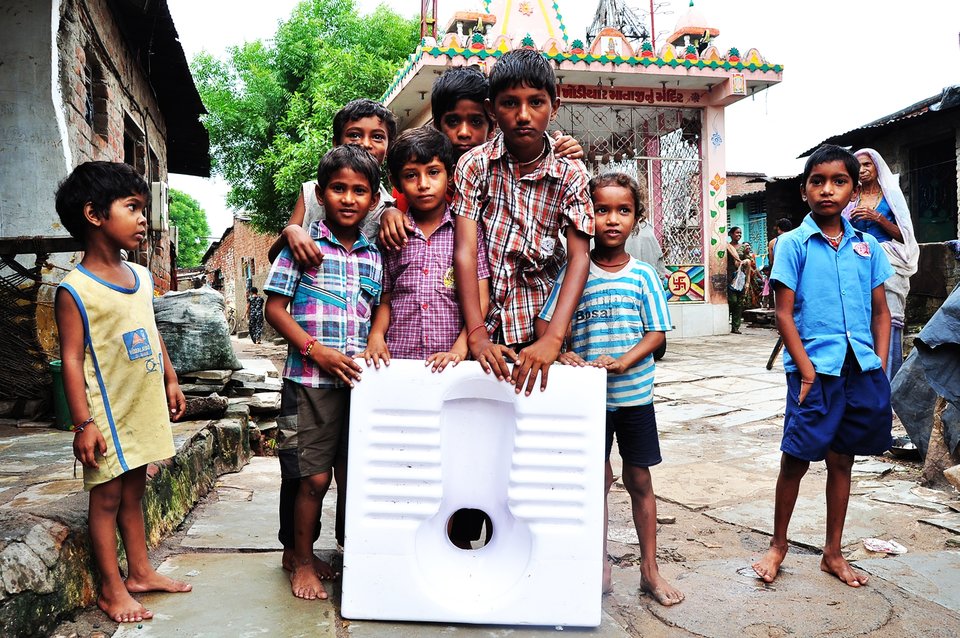A comprehensive view to develop applicable and desired technologies
Solar roof panels being used as coffee tables, mosquito nets used for fishing or hand pumps which are abandoned as people prefer walking to the river- design products do not always end up being used as intended. Especially when they are designed for a different culture. To create products which are better tailored to the end-user Annemarie Mink developed the capability driven design approach. An approach for engineers to get a holistic insight into the lives and context of their intended users and increase product applicability and acceptance.
Designing for different cultures
As a student, Mink encountered first-hand how a functional design can have unintended consequences when she re-designed a Tasar silk reeling machine to be used in villages in northern India. Interviewing the women two years after they had started using the smaller, easier to carry and safer reeling device Mink discovered her improvements had some unforeseen effects. “The women thought the machine was too small; operating a big machine had given them status.
I also found that the women were now forced to work from home, having less social interaction with their co-workers.” So while from a functionality perspective Mink’s design was a success, there were also clear drawbacks. This experience inspired Mink to develop an approach during her PhD to counter these kinds of challenges in designing for different cultures.
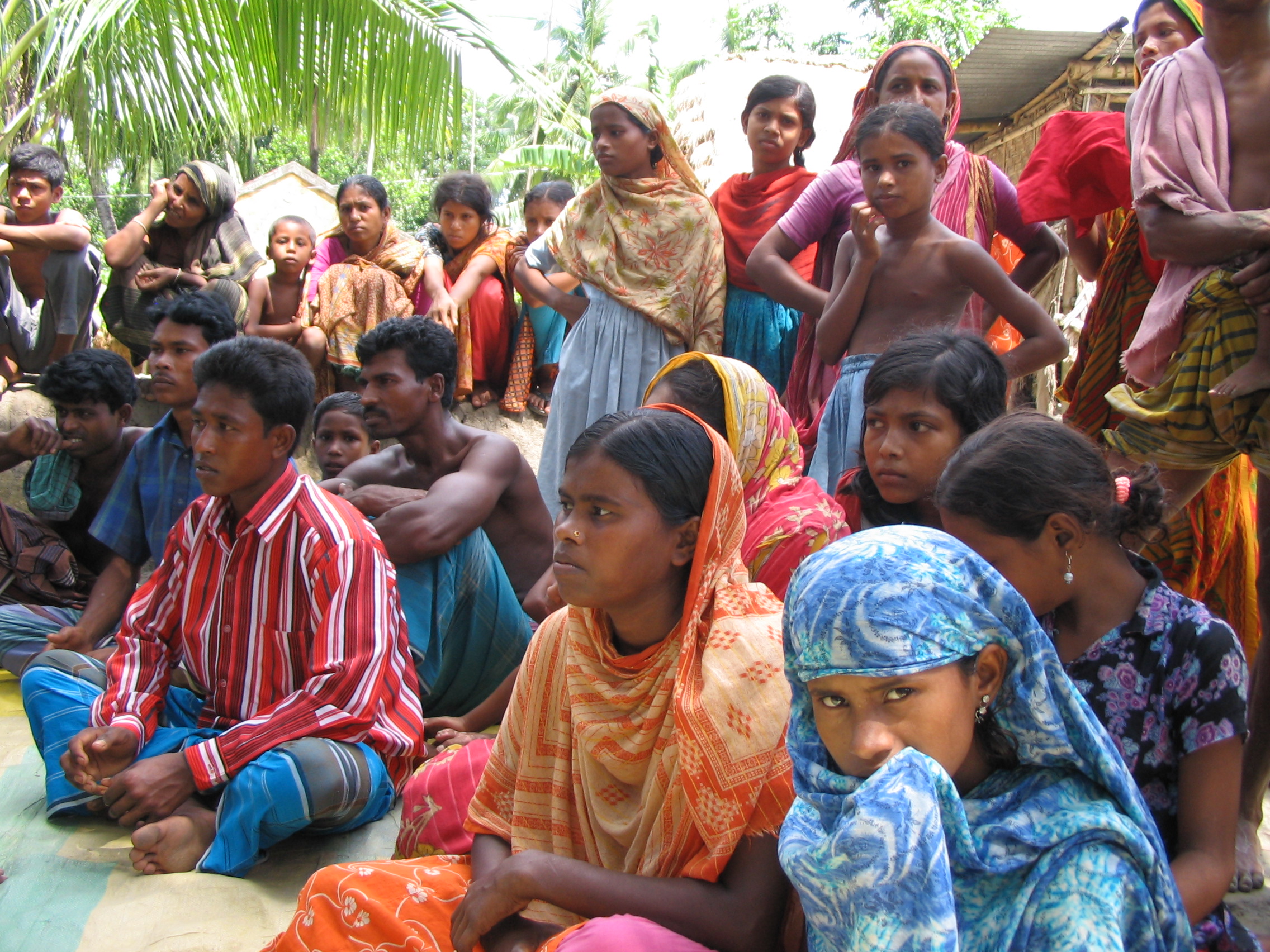
How to obtain deep insight
The four-step method is a quick way to get insight into the life, lifestyle, needs and desires of the end-user and other stakeholders; preparation, informal insight, deep insight and verification. An important step is to obtain deep insight by holding open-ended interviews. “There are some tools to get the conversation started, such as a timeline on which the participant can draw. You can ask questions like: what do you do in a day? What would you like to change? This goes beyond just the user-product relationship. For instance, when developing a new water filter, don’t just ask how they use water and in what quantity, but also look at education, social interaction, mobility, work and all the other things they do in a day.”
To do this Mink has identified 24 themes, each comprising several topics, which can be used as a conversation guideline to obtain a comprehensive view of people’s lives. “One topic which somewhat surprisingly emerged to constitute a separate theme during the research was ‘information and communication.’ This topic turned out to play a major role in people’s lives in all continents. In the water project I work at now in Bangladesh about one third of the people own a smartphone, which we can use to monitor the water supply system.”
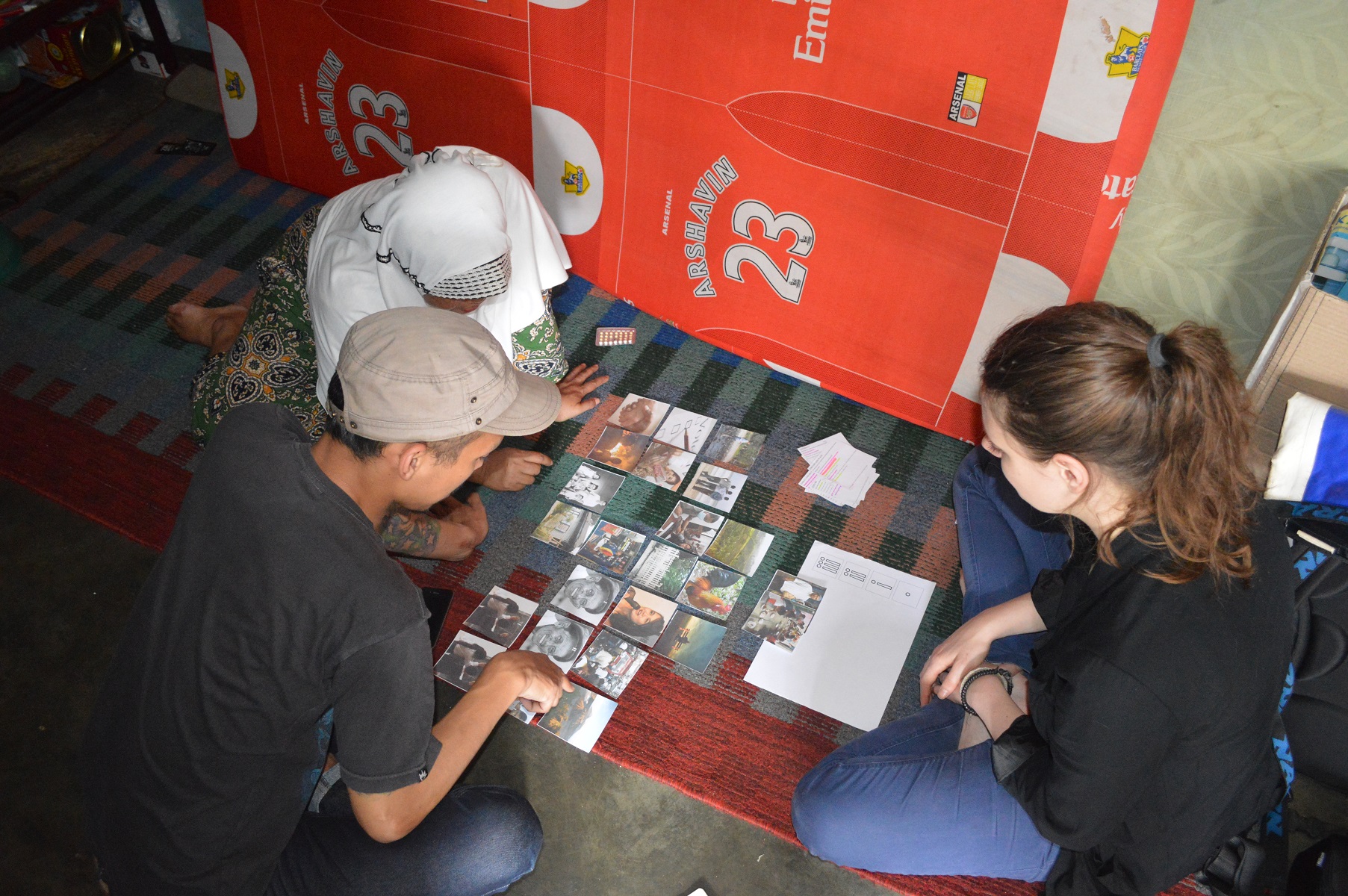
Applying the approach
In Bangladesh, Mink currently applies her approach in a project with Doris van Halem, who is associate professor in the field of drinking water treatment. The project’s aim is to supply safe drinking water from source to mouth in rural communities by the use of small-scale piped systems. Now, end-users lack awareness of water quality and distrust the piped systems. “Especially in remote areas there is a lot of bias against piped water supply, people suspect it to be contaminated, and the supply is often intermittent which is unpractical.
We visited a few systems and discovered that operation and maintenance are in many cases failing. In one case the community doesn’t really rely on the caretaker because of his low social status. Therefore they don’t trust the system. We have also seen that an arsenic filter needed replacement, but was not, due to lack of knowledge about when and why to replace the filter and due to lack of finances. This is why local communities often trust the groundwater more as drinking water.”
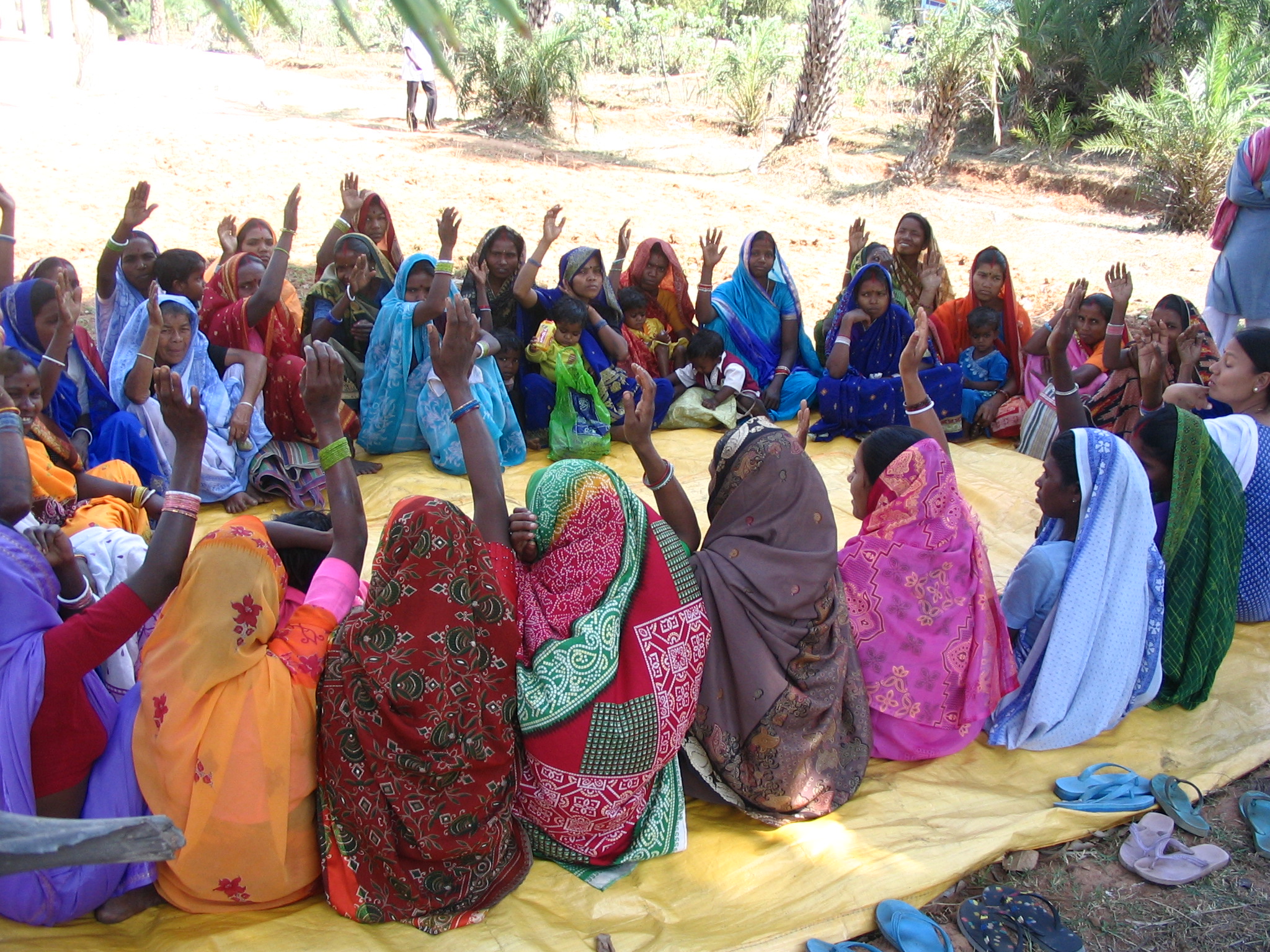
In control of the technology
To make a system like this work the perceptions and lives of the users need to be understood in a comprehensive manner. Then, the technology can be developed in such a way that it is applicable and acceptable to the local people, Mink explains. “People need to understand what the technology is for. They need to trust it, see the benefits and want to use it. They need to feel in control of such technologies.” This is why Mink and Van Halem will set up and monitor a water supply system on a nano-scale, no more than five to ten households. Giving the users more ownership and responsibility will hopefully have a positive effect. “We are also developing a smartphone app with which users can check the water quality themselves, can communicate with other users and can even pay the water supplier via the application. With such a product-service combination we aim to optimize the existing situation.”
The full approach can be found at: www.design4wellbeing.info

Co-workers: Doris van Halem, Md. Annaduzzaman, J.C. Diehl, Prabhu Kandachar
Global Challenges
Understanding the local context and involving local stakeholders from the start in engineering projects to improve the accessibility, applicability, acceptance and adoption of technologies
High-tech Science
Combining applied ethnography, human-centred design and the capability approach with technological challenges to co-create usable, useful and desirable technologies
Co-Creation
Involving end-users, local government, local institutes, NGOs and other relevant stakeholders to co-create technologies
Global Research Areas
| Health | |
| Water | |
| Energy | |
| Disaster Resilience and Response | |
| Urbanisation |
